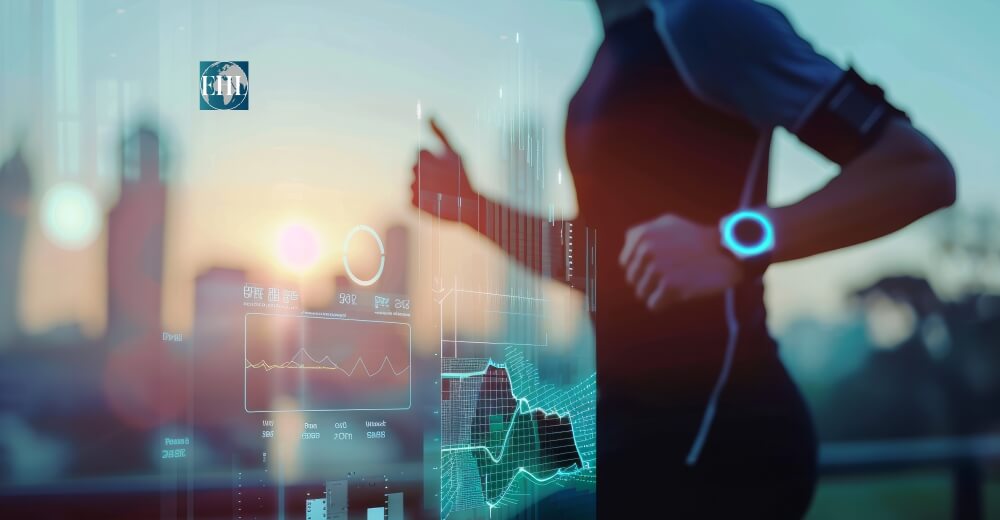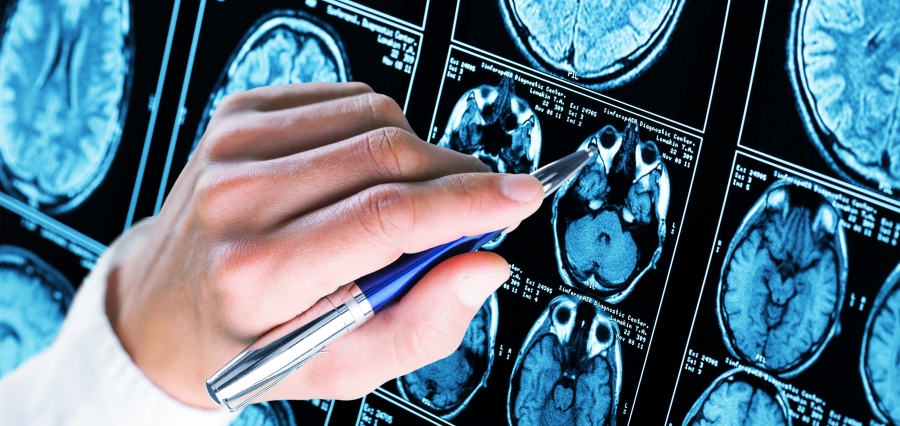Wearable Health Tech
From simple wrist watches and early medical devices, like pacemakers, to wearable health-tracking gadgets, wearable technology has finally come of age. The development of microelectronics, sensors, and wireless communication saw wearables go from simple step counters to more complex health devices. Examples include the first wave of wearable health-type devices, such as Fitbit, which are designed mostly to monitor the level of physical activity. Further development in this series over the years has enabled these devices to expand into the monitoring of heart rate variability, sleep patterns, and calorie expenditure.
This convergence has led, especially with devices such as smartwatches like the Apple Watch, to wearables going mainstream in healthcare. Today’s wearables boast sensors that can measure a range of health data in real time, providing personalized health insights and early detection of possible health problems.
Real-Time Monitoring
Wearables would represent one of the most unparalleled benefits in health technology, as it monitors a person’s health continuously and in real time. Traditional healthcare often relies upon episodic measurements taken at times when patients happen to see a doctor. This is but a snapshot in time for the patient, perhaps unrepresentative of the ongoing issues-such as blood pressure that regularly fluctuates, heart rhythm irregularities, or sleeping disorders.
Wearable devices close this gap by constantly collecting data and, therefore, provide a more real-time and holistic perspective on the individual’s health. A smartwatch could follow a person’s heart rate throughout the day, often identifying irregularities, such as atrial fibrillation, that may have easily gone unnoticed. In most cases, real-time data enables both the patient and the doctor to act sooner upon warnings and many times before the problem becomes a serious issue. This is important for early detection and intervention, especially in chronic disease management, which equally benefits from ongoing monitoring and adjustment of treatment plans based on ongoing data.
Chronic Disease Management
Chronic diseases, such as diabetes, hypertension, and heart conditions, are some of the costliest both to healthcare and to patients. Traditionally, these would have been monitored with frequent, often uncomfortable, clinic visits and manual checks; today, wearable technology enables continuous monitoring from a distance. This means fewer visits to the hospital, much more accurate data, and far superior patients who can manage their health without much hassle. This stream of endless data helps practitioners make informed decisions and, thus, makes treatments more personalized and effective, while yielding better outcomes for patients.
Wearables and Preventive Healthcare
Beyond chronic disease management, wearable health tech will undoubtedly play an important role in preventive healthcare. These devices enable healthier behavior by tracking daily activity, quality of sleep, and overall physical health. Many wearables remind users to stand up, move around, or exercise to minimize the risks associated with sedentary lifestyle.
Sleep tracking is another valuable feature. Poor sleep is linked to numerous health issues, including heart disease and cognitive decline. Wearable technology tracks sleep stages—deep, light, and REM—helping users optimize their rest and improve overall health.
Information from wearables can be integrated into algorithms that predict health trends by using machine learning and provide personalized preventive advice. For example, subtle changes in HRV can detect the onset of a disease through wearables and thus allow the user to have enough time for prevention before symptoms worsen. Continuous monitoring can pick up signs of stress or anxiety that would enable early intervention through mindfulness exercises, counselling, or adjustments in medication.
Challenges and Limitations
Though there are various advantages concerning wearables, challenges and limitations do present themselves. Some of these include but are not limited to data inaccuracy, where skin tone, movements, or device placement can interfere with the precision. Data security and privacy: sensitive health information shall be kept confidential. High-tech wearable devices are costly, and this might lead to health inequity.
The Future of Wearable Health Tech
Though challenging, the future of wearable health technology remains bright. As technologies advance, these wearables will continue to have more and more capabilities to monitor various health metrics with a great deal of precision. Their integration with AI will further amplify the capability of wearables in terms of predicting pending health problems, therefore providing leading insights toward proactive health management. Some wearables in the future will monitor hydration, track conditions related to breathing, and even analyze the contents of sweat for biomarkers of disease. Development within smart textiles would embed sensors directly into clothing, thus making health monitoring even more seamless and less intrusive. Wearable technology is likely to play a great role in telemedicine, especially in this wake of COVID-19, where remote health care services have been more in place. Real-time health monitoring through wearables shall have the doctors remotely monitoring the patients, hence easing the burden on healthcare facilities and improving the patients’ outcomes.









